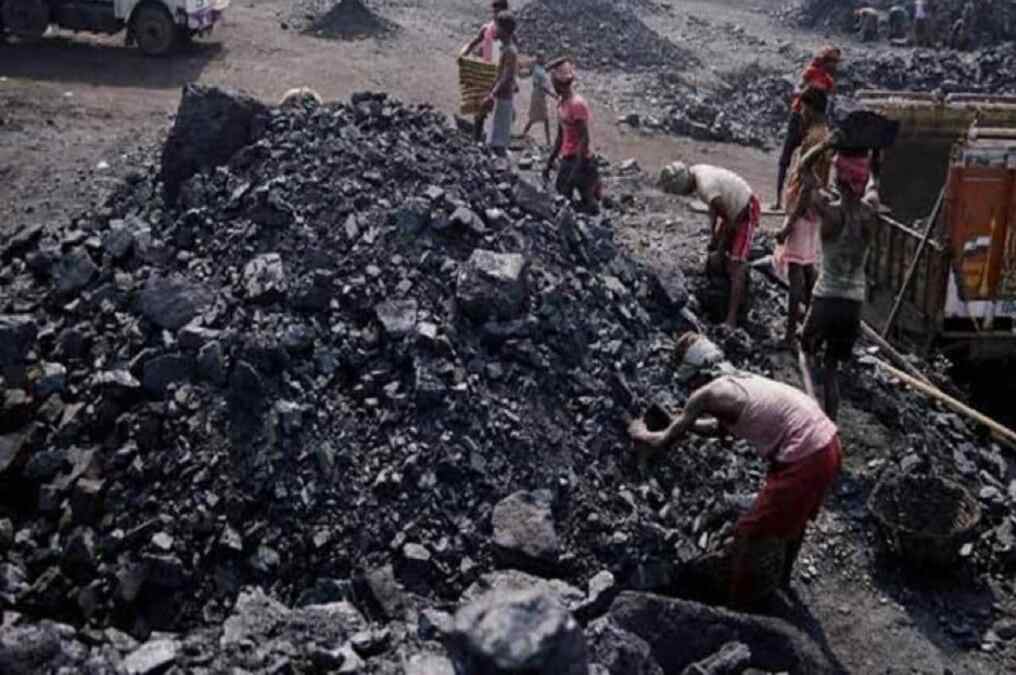Crisis looming large

The rising global prices of coal in the backdrop of reviving energy demands in the post-Covid scenario has pushed power plants in India to the backfoot. The imminent coal crisis in India coincides with many grave outages the world over — particularly in its northern neighbourhood of China. This confluence of crises hints towards a common driving force and international linkages via trade that are making the situation worse globally. But a large part of the problem is still rooted in the domestic policies of respective nations. India's coal crisis comes even though it has the fourth-largest reserve of coal in the world. According to a report by Thomson Reuters, as of September 29, 16 of India's 135 coal-fired power plants had zero coal stocks, more than 50 per cent of the plants had stocks that would last fewer than three days, and above 80 per cent of the plants had stocks for less than a week. While the global linkages of coal pricing mechanisms are beyond the control of administration, a close look at the domestic reasons will reveal that much could be done in the short and long run to ensure a stable situation for the energy sector. The commonly attributed reason for India's coal situation has been the widening gulf between the domestic coal prices and the coal prices at the international level. The fact is that the international price of coal is soaring up due to two prominent factors — firstly, the energy demand across the globe has started to rise simultaneously all of a sudden as countries are recovering from COVID-19 and, secondly, the limited coal supply is contested for imports by prime importers like China that are undergoing a power crunch. At the same time, domestically, the prices of coal are kept low for various reasons. This disparity in prices disincentivizes buyers from buying imported coal, leading to a burden on domestic coal. It has to be understood here that a large proportion of India's energy mix is still dependent on coal — apart from petrol and diesel. The dependence of a huge number of factories and plants on coal makes it a politically sensitive issue. There is a certain inertial factor that prevents the government from striking a balance between international and domestic prices. Coupled with this is the issue of increased freight charges. As a part of solution, environmental experts across the globe have been conceiving the post-pandemic economic order as an opportunity to increase the share of non-renewables in the energy mix. A greener transition to the post-pandemic world will not only have paramount ecological benefits but also set us free from the clutches of vulnerabilities of the coal sector. It is true that coal is an integral part of the energy mix as of now, and cannot be completely sidelined at the present point. But the picture should be clear that, in the longer run, the coal may lose its sheen over time — and a rigorous start towards green transition will have to be made at the earliest possible. India has made a great deal of improvement in incentivizing renewable energy sources over the past few years, but for some reason, it is finding it hard to keep itself at bay with the coal sector. So, looking at renewables with greater urgency appears to be the only long-term solution to avoid the vulnerabilities of the coal sector. However, in the short run, some immediate solutions will have to be found. India's state-run miner — Coal India — could potentially play a prominent role in stabilizing the current situation. Coal India produces nearly 80 per cent of India's domestic coal and is also responsible for fixing the prices of domestic coal in India. It is high time that the pricing of coal is looked at more through an economic lens rather than a socio-political lens. If slight inflation is good for investment and improving cash flows in the coal sector then that must surely be opted. India's situation is not as worse as some other nations and blocs including China, Spain, the UK, the EU etc. But it should keep itself on a high alert as energy and power equations are fast changing in today's world — we must be ready with our variables and constants.



